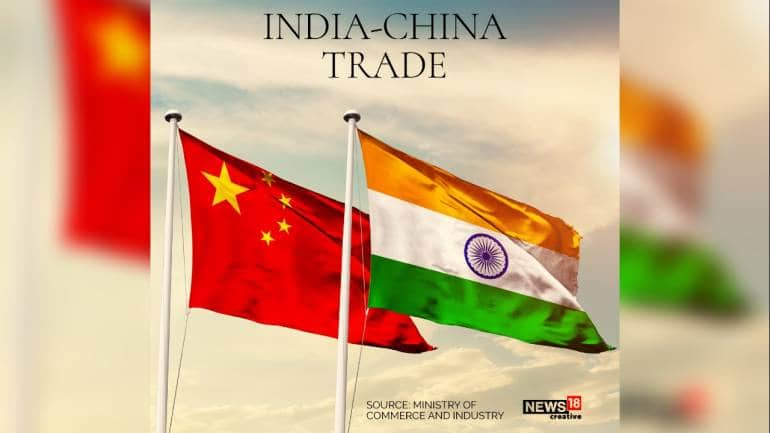beijingwalker
ELITE MEMBER

- Joined
- Nov 4, 2011
- Messages
- 65,195
- Reaction score
- -55
- Country
- Location
Chinese Imports Critical for Boosting India’s Manufacturing, Finds New Study
The Indian Institute of Foreign Trade, which conducted the study, found that pharmaceuticals is one of the sectors where the dependence on Chinese imports is so high that the industry can’t function without these products.12/APR/2023
New Delhi: As India looks to reduce its dependence on China for imports, a new study has found that Chinese goods are not only critical across various sectors, but in some cases “preferred” by Indian manufacturers.
The Indian Institute of Foreign Trade, which conducted the study, found that Chinese imports were boosting India’s manufacturing, the South China Morning Post’s ‘This Week In Asia’ reported.
Therefore, Chinese products were also boosting India’s exports in key sectors, including inorganic chemicals, pharmaceuticals, iron and steel.
It found that China was the cheapest supplier in 30% of the 32 product sub-categories imported from the country. For the remaining 70%, there were cheaper alternatives available, however, the Chinese product was preferred.
“There is a misconception that Chinese imports are preferred only because they are cheaper,” IIFT professor Sunitha Raju, who wrote the paper, told SCMP. She added that the quality of goods provided by Chinese suppliers varied, depending on the price buyers were willing to pay.
“We found many domestic buyers who said they preferred the quality of products from China to the products made elsewhere,” she said.
The newspaper reported that pharmaceuticals is one of the sectors where the dependence on Chinese imports is so high that the industry can’t function without these products.
Naresh Gupta, president of umbrella trade body the Indochina Chamber of Commerce, told the newspaper, “Over 60% of the pharmaceutical industry’s inputs come from China. As a result, even if there is a delay in the imports, manufacturing can come to a crippling halt.”
India is heavily dependent on China for imports of active pharmaceutical ingredients (APIs). APIs are substances required in drugs including capsules, tablets, etc., to deliver the intended outcome or result.
In the telecom industry too, India is heavily dependent on Chinese imports, a senior member from the industry, who declined to be named, told SCMP.
“As a result, while we manufacture telecom equipment like phones in India, most parts come from China. Hence, in some ways, we are simply assembling the phones in India, not quite manufacturing them,” the person cited above said.
Raju told SCMP, “The current policy thrust on ‘self-reliance’, or atmanirbhar bharat, will not be effective unless the domestic manufacturing is propelled to high-technology products. Then rising imports will not be a concern as they lead to an increase in exports.”
Therefore, the paper recommended a re-evaluation of Prime Minister Narendra Modi’s self-reliance campaign, with more of a focus on high-end manufacturing.
It argued that lowering trade barriers and encouraging imports to strengthen the country’s domestic manufacturing capabilities would boost manufacturing growth and create more job opportunities.
This is because the study found that rising imports in all the selected industries, except iron and steel, had led to a corresponding rise in output in those industries.
Another report in The Print, which quoted analysts, said that the recovery of India’s manufacturing sector in 2022, after the COVID-19 pandemic, could have played a role in driving up imports of Chinese goods. This is because, as per the analysts, India’s manufacturing sector relies heavily on imports of Chinese goods.
This report was published in January when India’s trade deficit with Beijing crossed the $100 billion mark for the first time ever in the history of India-China bilateral relations.
The IIFT study raises questions about New Delhi’s plans about cutting Chinese imports.
India had pledged to block investment and increase tariffs for China in the aftermath of the Galwan valley clash in 2020 in which 20 Indian soldiers lost their lives and 76 were injured.
Reuters reported in January that India is considering to curb Chinese imports as widening trade deficit gap worries policymakers.
The paper found such imports not only provided crucial raw materials but also bolstered productivity in other industries.

Chinese Imports Critical for Boosting India’s Manufacturing, Finds New Study
The Indian Institute of Foreign Trade, which conducted the study, found that pharmaceuticals is one of the sectors where the dependence on Chinese imports is so high that the industry can’t function without these products.


